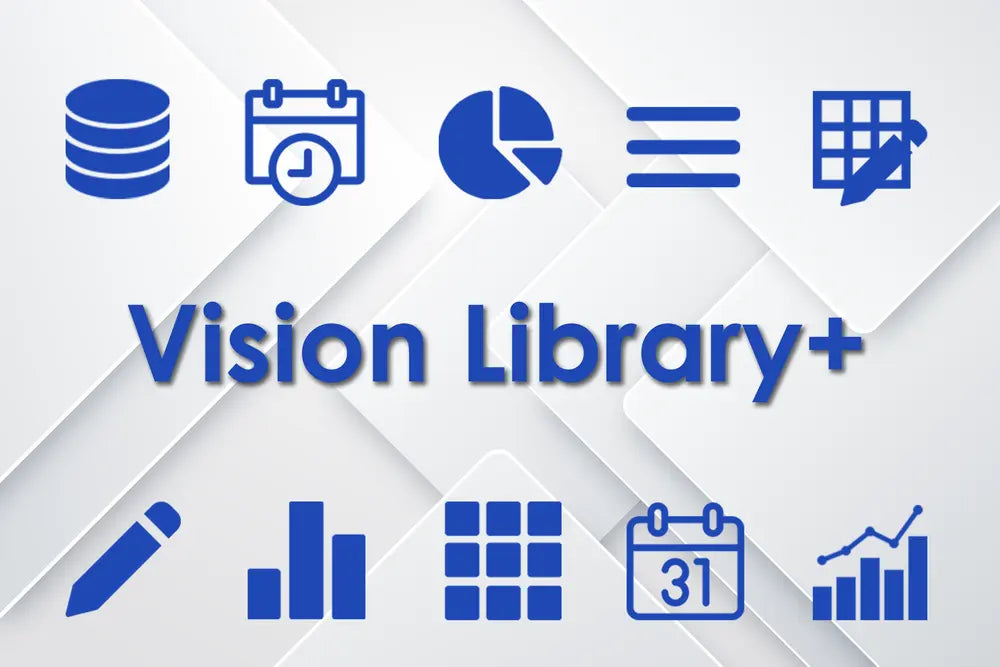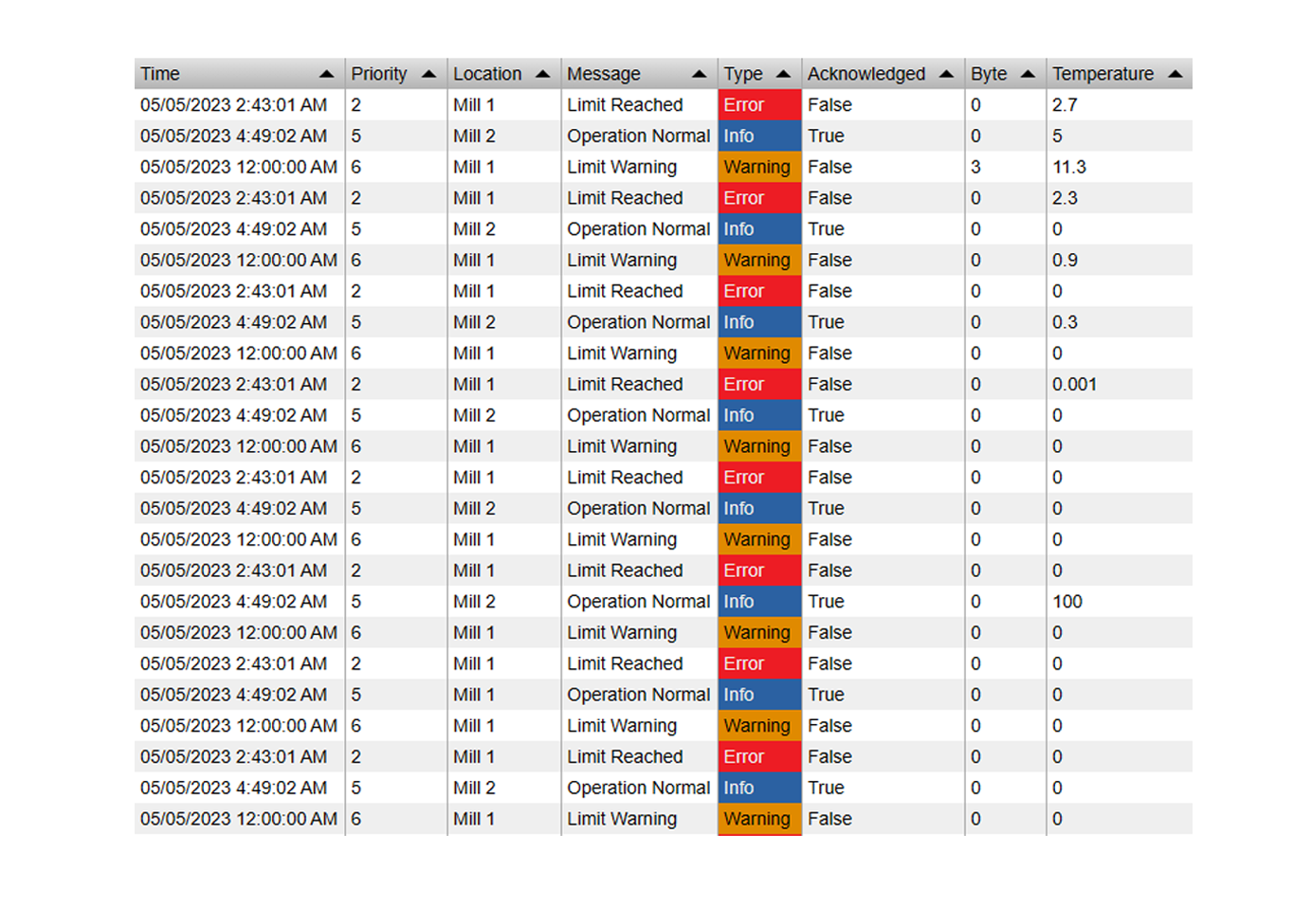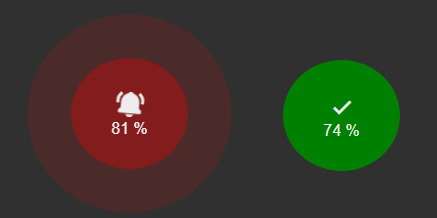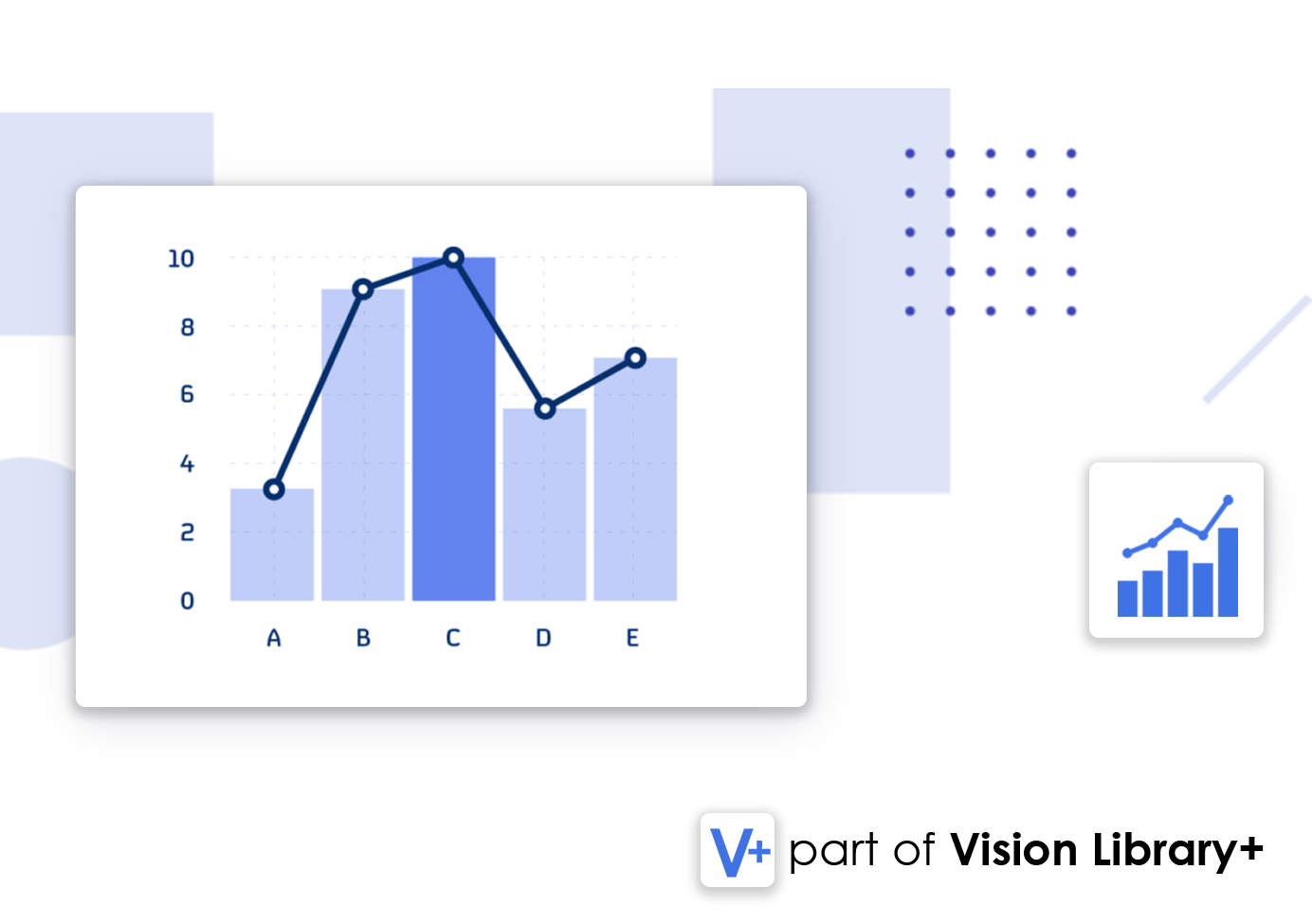As an experienced data engineer, I've navigated the evolution of various data visualization tools. A crucial transition that truly stands out in this journey is moving from AVEVAs PI ProcessBook to PI Vision. This shift is not just an upgrade but a revolutionary step forward. If you're on the fence about making this transition, allow me to share insights from my personal experience.
What is ProcessBook and PI Vision?
ProcessBook has served us well over the years, providing an accessible platform for real-time data viewing with its dynamic, interactive process displays. But in the world of data, change is not just inevitable, it's necessary.
PI Vision is the natural evolution in this journey. This leading-edge visualization tool for the PI System allows users to analyze data in real-time, anytime, anywhere. A significant leap forward, PI Vision brings a new level of interaction and analysis to your data.
The Need for Change: ProcessBook to PI Vision
While ProcessBook has its merits, it also has significant limitations. In my years of experience, I've encountered challenges with its aging technology, limited functionalities, and compatibility issues with modern systems.
But with the advent of PI Vision, the game has entirely changed. It presents a modern, intuitive interface and a wealth of advanced features that offer extensive possibilities for data interaction and exploration.
The Profound Benefits of Upgrading to PI Vision
The transition to PI Vision brings numerous significant benefits that revolutionize the way you manage and interact with your data.
-
Enhanced Data Visualization and Accessibility: PI Vision takes visualization to the next level, supporting comprehensive displays that integrate multiple data sources. This is because PI Vision now runs in Browser, supporting all modern devices, from phones to tables to pc's.
-
Improved Collaboration: The ability to share and collaborate on displays in real-time has fostered a highly collaborative environment in our team, reducing time-to-decision and enhancing productivity.
-
Increased Efficiency through Automation: PI Vision's automation capabilities streamline tasks and save valuable time. In my experience, tasks that took hours are now completed in mere minutes. Things like collection or asset-context switch really save you a lot of time.
-
Superior Integration: The compatibility of PI Vision with modern systems and its superior integration capabilities make it a future-ready tool.
- Extensibility: Even though PI Vision has dropped the support for VBA Makros (which is a good thing), we now have the possibility to create our own extensions using Javascript and HTML5. Vision Library+ is a great example for that, brining lot's of new visualizations to PI Vision.
Understanding the Migration Process: How to Transition from ProcessBook to PI Vision
Migration from ProcessBook to PI Vision is manageable with the right preparation. One of the most important steps is to assess your current ProcessBook displays and plan for their transition. The AVEVA community offers substantial support through tutorials, documentation, and forums that provide invaluable assistance during this transition.
Conclusion: Embrace Change for a More Efficient Future
The transition from ProcessBook to PI Vision is more than just a system upgrade; it's a strategic investment in your company's future. By harnessing the power of data more effectively, you can foster better collaboration, improve efficiency, and prepare your business for future challenges and opportunities.
Final Words
If you're still using ProcessBook, consider taking the leap to PI Vision. I encourage you to reach out for more information or assistance on this transition. Change is the only constant in our industry, and embracing these technological advancements is key to staying ahead.
















